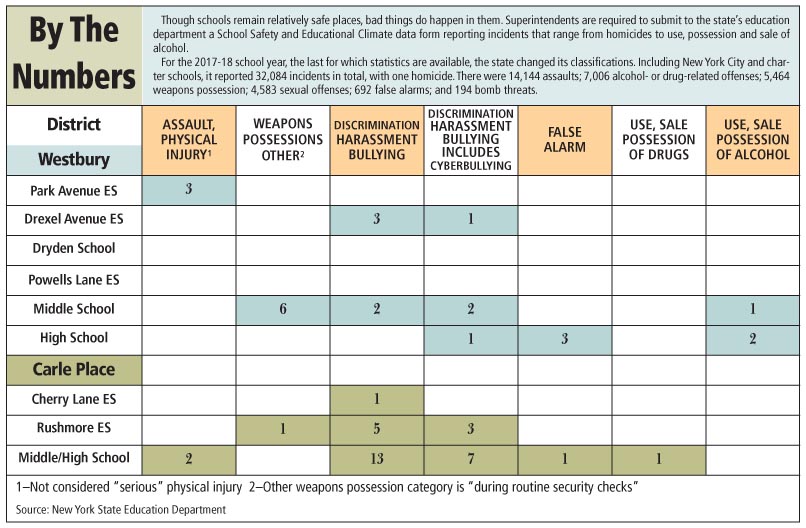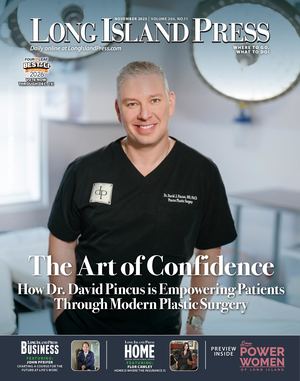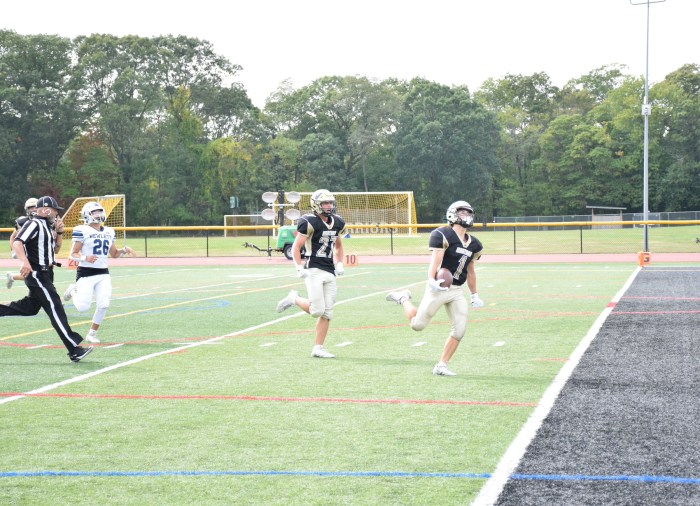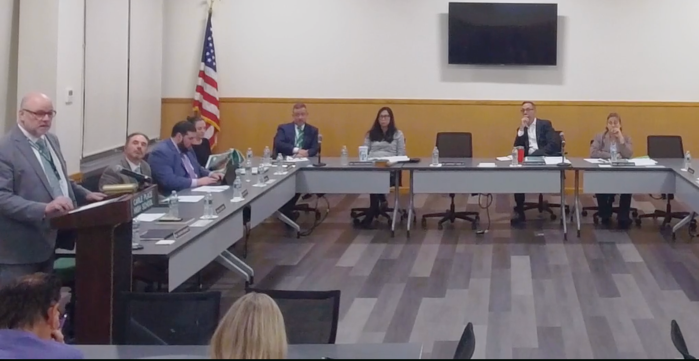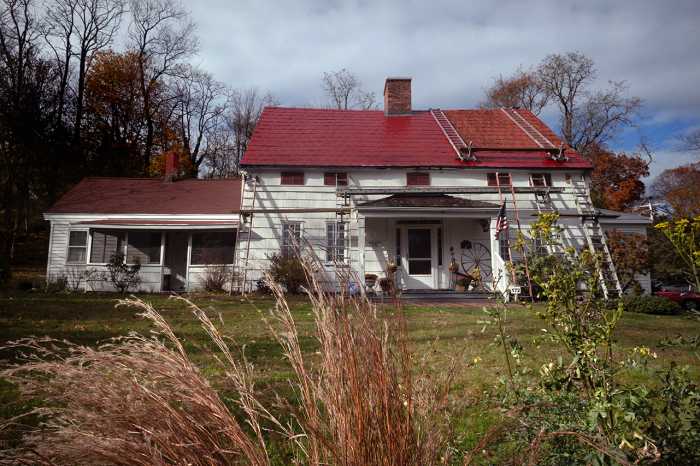
Local school districts plan for the worst
School mass shootings are like commercial airline crashes; they are statistically rare, but gain outsized attention.
The black list of infamy is familiar, topped by Columbine, Sandy Hook Elementary School and Parkland. All those incidents sparked outrage, grief, national conversations and endless debates about dealing with gun violence.
At a national meeting of school resource officers last year, Peter Langman, an expert on the psychology of school shooters, put things in perspective.
“When you get out of your car and walk into the school building, you’ve just gone from the most dangerous place you’ll be all day to the safest place,” he stated.
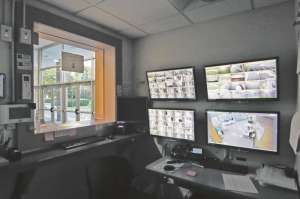
By one measure, the chances of any one individual dying in a school shooting are 1 in 1.2 million, compared to 1 in 700,000 of being struck by lighting.
And yet, school administrators, even in everyday safety concerns far removed from the specter of the gun, must carry out comprehensive safety plans that cover every possible contingent informed by past experience and imagined by the mind.
The Westbury Times asked Westbury School District Superintendent Eudes Budhai and his counterpart in the Carle Place schools, Christine Finn, for their comments on the state of safety and security at their respective districts. Here are their responses:
Budhai:
“The safety and security of our students, staff and community are the Westbury Union Free School District’s foremost priority.
“The administration and the leadership at each school within the district, with consultation from the Nassau County Police Department, have put together comprehensive and thorough systems to maintain a healthy and safe academic environment at all times. Those systems include implementing multiple security check points to ensure all visitors have proper approvals before entering school buildings.
“We also practice multiple emergency scenarios in each school building to make sure everyone—staff and students—are aware of necessary protocols and procedures.
“Also, our incredible staff is focused on building strong, empowering relationships with students and the greater Westbury community. That rapport is the first measure of safety.
“In Westbury, our mission is to create a nurturing environment to facilitate the best possible academic experience for our students. The only way that can happen is when the school is a safe space.”
Finn:
“I’m excited to work with [Nassau County Police] Commissioner [Patrick Ryder] on the important initiatives he outlined in his press conference [on school safety on Aug. 29]. I know parents were happy to see our local officers present on the first day of school and I completely agree that when police officers visit school regularly they become part of our educational family. It also goes beyond school safety and shows that our local police want to get to know our students and help them to succeed.
“Luckily for me, [my predecessor] David Flatley and the Board of Education enacted a safety plan, and I had the good luck [to inherit it].
“The plan is on the district website, but much of it obviously cannot be made public because we want to keep some details private.
“However, the plan, the cameras, the security, the doors and the windows—all of those things are designed to keep the students safe.
“One of the first things I noticed on the first day of school was a police presence. And it’s nice to have the police there, but it’s even better to have a relationship with the police.
“And that is what they shared with me, I have met with various police officers and police organizations and will continue to do that. That to me is key—building a relationship with the police department so that we can prevent issues instead of reacting to them.
“We will always look to keep our students safe; we will do whatever we can. There’s never any guarantee of that safety, but we will try our very best to make sure that they are safe. And we work with many different organizations to make sure that that happens.”
Cop Cooperation
At a press conference in Mineola on Aug. 29, Nassau County Police Department (NCPD) Commissioner Ryder and County Executive Laura Curran outlined how law enforcement works closely with all 56 public school districts in the county.
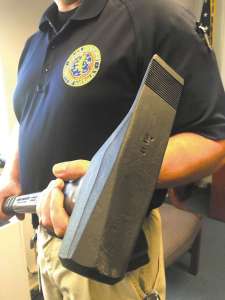
All of the county’s school buildings have been assessed for security, while personnel in each building have been trained by the NCPD to deal with an active shooter situation and other emergencies. A valuable tool that all 56 school districts, along with private schools, have at their disposal is the RAVE app, which helps to reduce response time in an active shooter situation.
“Since 2000, 75 percent of school shootings have happened within a period of five minutes or less,” explained Curran. “The more you can reduce response time, the more lives you save. It’s an incredibly wonderful tool and we’re blessed to have it. Another initiative that we’ve had is that we make sure that the police officers visit school buildings regularly so they know what the layout of the building is. There’s this familiarity of the schools, so they’re not walking in blind during an emergency. We have a wonderful police department that works incredibly hard.”
Another tactic that the NCPD does is monitor social media for any possible red flags or for any possible issues regarding overall safety. The county is in constant contact with school superintendents, as well as many private, Catholic and Jewish schools.
Plan, Prepare, Train
Ryder said that at every single school board meeting or town hall meeting that he attends, he’s always asked about what the police department is doing about school safety.
“We plan, we prepare, we train, we integrate technology like the RAVE app, but we need to do more,” said Ryder. “We always need to do more.”
During the first day of school, students, parents and faculty saw a large amount of law enforcement in villages around Nassau County.
“We mandate that every single police car visits a school a day,” said Ryder. “There are 177 cars on patrol. They’ll go out and spend five minutes saying hello so when an incident occurs they know who the superintendent is, who the security guard is and where the rooms are in case they need to go in and initiate an active shooter situation.”
This year, every single police car will have two new tools in it. The first will be a tourniquet in case an artery is cut in an active shooter situation. Ryder said that all officers are trained on it and will have a secondary device in their vehicles if needed.
The NCPD also added a breaching tool, negating the need to wait on emergency services.
“If someone is trapped behind a wall, through glass or behind a door and the shooter is inside the building and we have an exterior door, we’ll breach that door,” said Ryder. “Every single car will have it. They can use it from entering the side gap of the door and popping it open or they can use it as sledge.”
The same tools will be offered to different villages over time.
“Our villages and county have all trained in this new tool along with the tourniquet and other devices,” said Ryder. “We’re working together as a team. Forty-two percent of all people who were involved in shootings from Parkland back to Columbine said that they saw something and knew something and did nothing. We need you to engage and get involved. We need you to speak to us and let us know that if you know someone that is a concern to you, let us do our job.”
Additional reporting by Anthony Murray.
